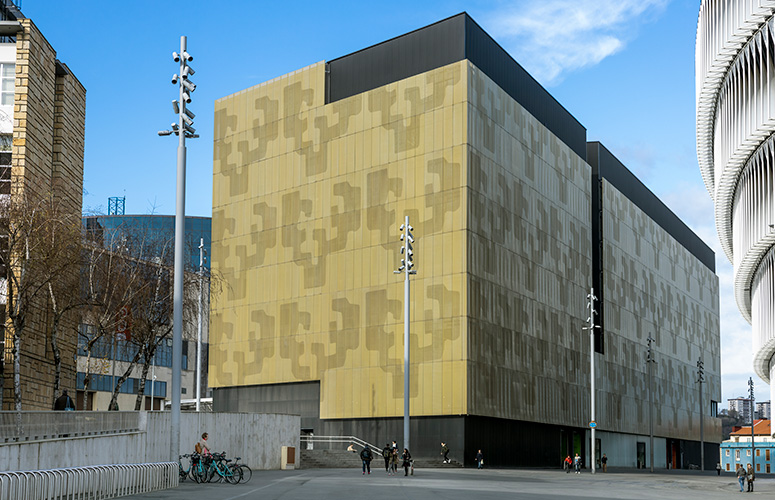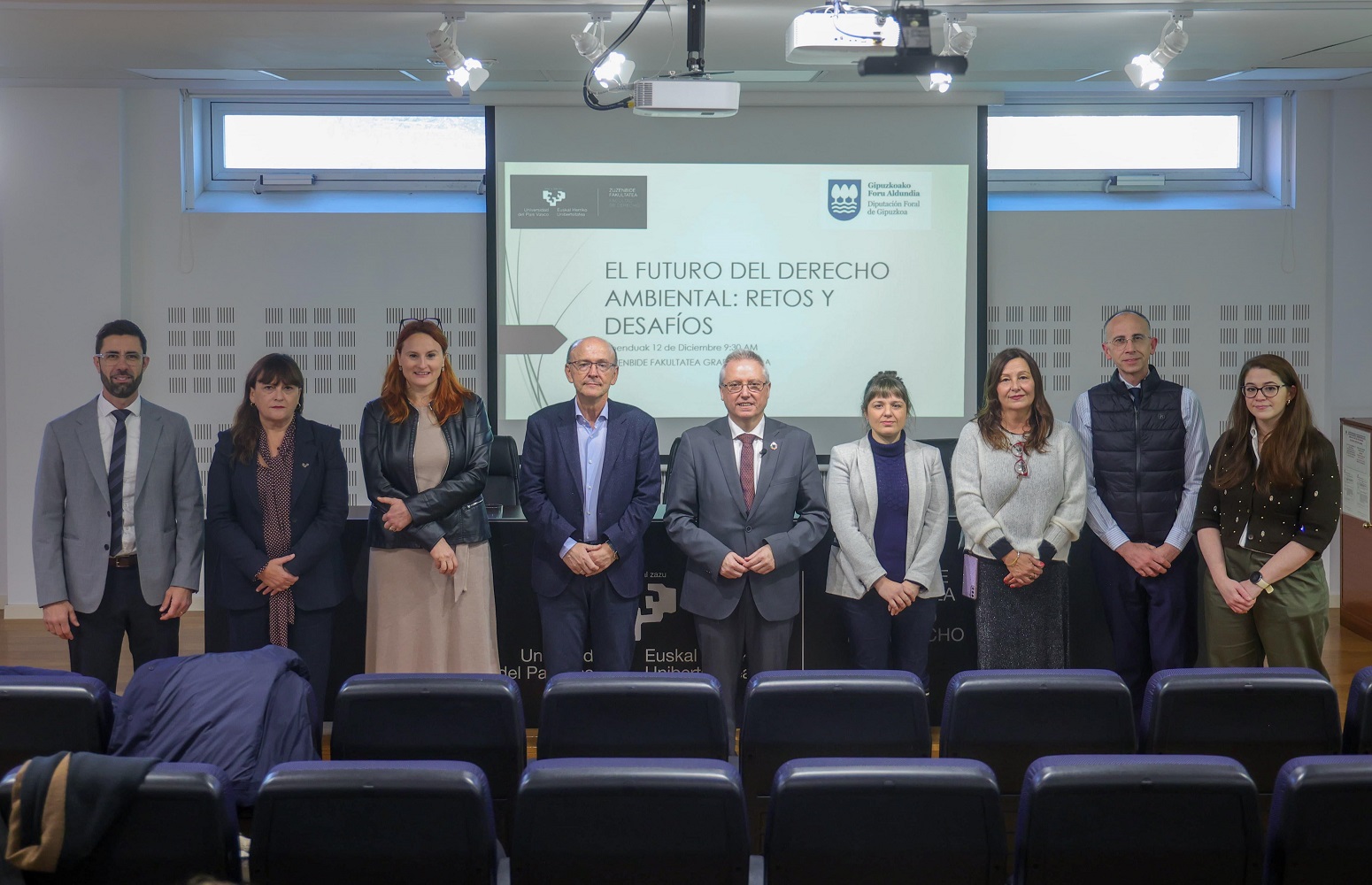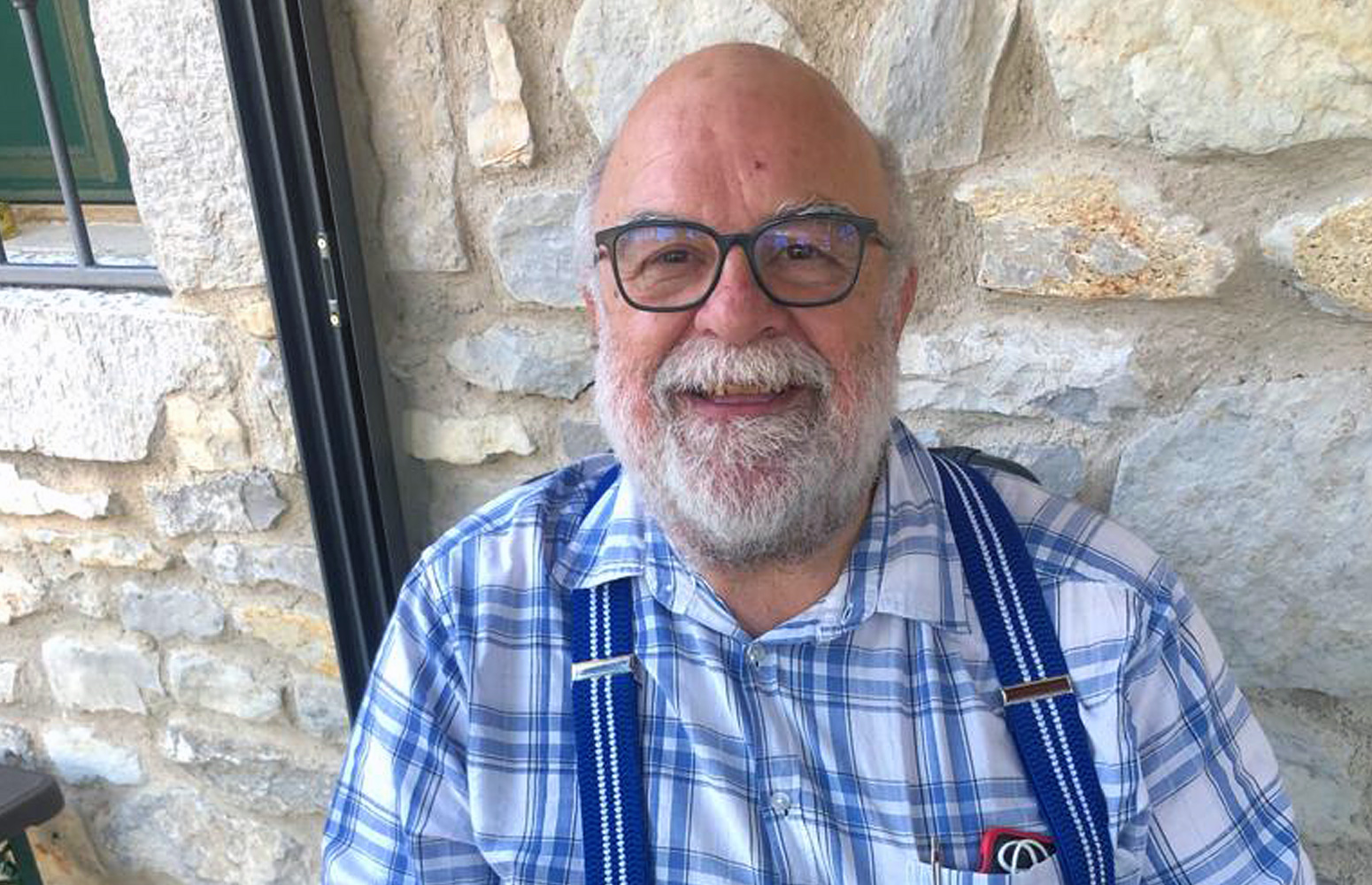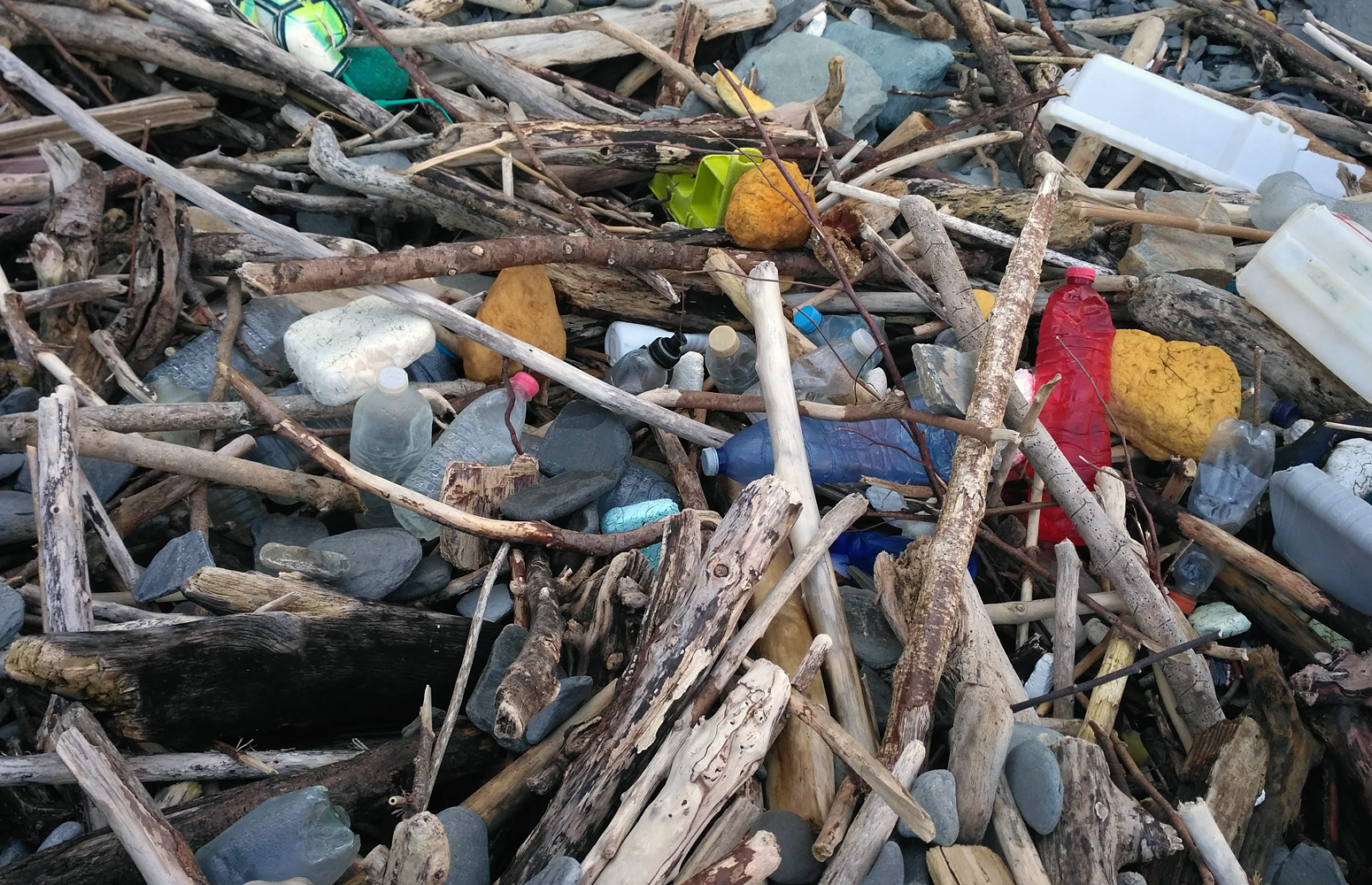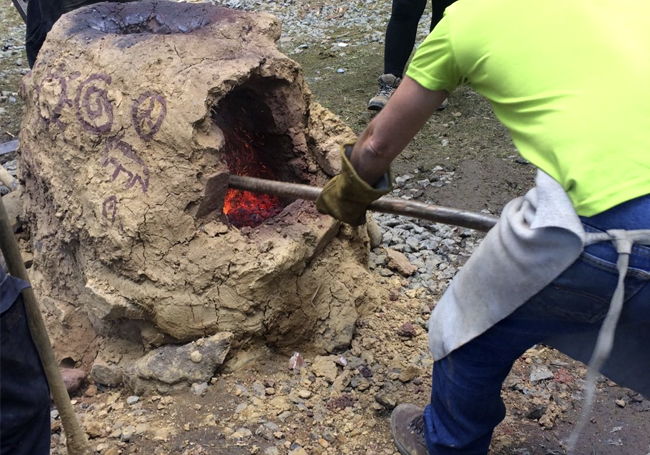A piece of research led by a member of the GIPYPAC (Heritage and Cultural Landscape Research Group) of the UPV/EHU’s Department of Geography, Pre-history and Archaeology has produced an inventory of the mountain ironworks in Alava-Araba, Bizkaia and Gipuzkoa. As a result of this work, the census of sites identified has increased fivefold. This research has also described a type of furnace different from the ones known so far in other parts of Europe.
The Basque mountain ironworks used for more than 2,000-years being rescued from oblivion
The research led by a member of the GIPYPAC group of the UPV/EHU-University of the Basque Country has increased the inventory of pre-hydraulic ironworks in the Basque Country to over 300
- Research
First publication date: 17/05/2018
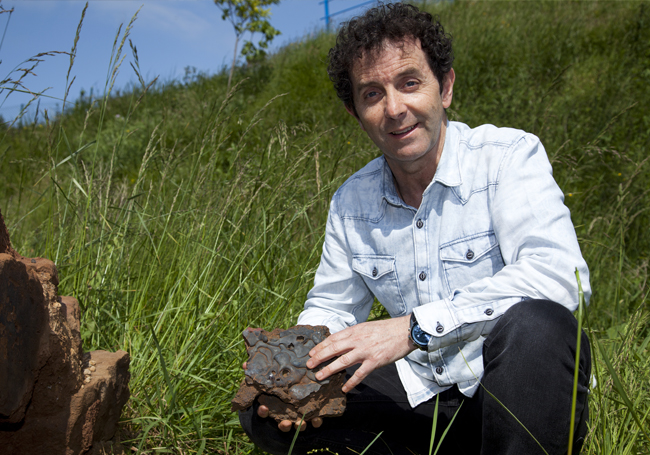
Mountain ironworks or haizeolak are pre-industrial production workshops capable of converting iron ore into metallic iron using a totally manual system. “We’re talking about blast furnaces of the pre-hydraulic era,” said Javier Franco, member of the GIPYPAC Group of the UPV/EHU’s Department of Geography, Pre-history and Archaeology, and head of the Archaeology Team of the Mining Museum of the Basque Country, a multidisciplinary team in charge of the study. “The furnaces were known to have been in use in the Basque Country approximately between the 5th century BCE and the 15th century, when hydraulic ironworks had already arrived on the scene. In other words, during a period of 2000 years they produced iron by hand in the same way using highly refined technology.”
This work was started 15 years ago as an initiative of the Mining Museum of the Basque Country “given the lack of knowledge existing with respect to mountain ironworks and the fact that because they remained buried, many were simply being destroyed”, explained the researcher. A proposal was submitted to the Basque Government whereby archaeological sites of this type should be protected, and in view of the danger they were facing, a commission came from the Basque Government to produce an inventory of the mountain ironworks in the three provinces of the Basque Autonomous Community. “The inventory we did has increased the number of known sites fivefold: 170 have been catalogued in Bizkaia, 150 in Gipuzkoa and 25 in Araba-Alava,” he said. To do this, the techniques already known with respect to the archaeological prospection of the Basque Country’s mountain environment had to be adapted, and this was done with considerable success.
A model of furnace unique in Europe
“After the prospection, our excavations led us to discover a unique model of furnace, different from all the furnaces discovered in Europe. It is true that in practically every region a particular technical solution emerged to transform iron ore into metal, but the fact is our model of furnace does not coincide with any of the ones documented until now in the rest of Europe: it is an everted furnace (shaped like an open vessel), and what is unusual about it is that it is filled from above and unloaded from above as well, and not from below like all the other furnaces”, said Franco.
This unique feature will lead to the rewriting of the idea held until now with respect to how furnaces developed throughout the history of Europe. The most primitive would be bowl-shaped, a bowl dug in the ground; then the Romans made more developed, more efficient furnaces in a frustoconical shape. “In theory, the Roman furnace would be followed by ours, which is like a glass, but the reality is that we have furnaces of this type in Bizkaia and Gipuzkoa belonging to much later periods, right up until the Middle Ages,” said Franco. What is more, “we realised that this furnace profile is exactly the same as those of the hydraulic ironworks, the furnaces that subsequently came into operation: the only thing they had to do was to adapt the ventilation systems to a technology they were completely familiar with”.
Apart from the technology, in the course of the research the complex territorial interaction system, for example, hitherto unknown in the economic history of the Basque Middle Ages, was discovered: “From one documentary source we were able to confirm that in the 11th century the Monastery of San Millán de la Cogolla was charging rent in Araba, Gipuzkoa and Bizkaia. The rent being paid by the Alavese was in the form of railings, in iron, whereas in the case of the Gipuzkoans and Bizkaians it was in the form of livestock. So Araba-Alava has always been regarded as a major producer at that time, yet archaeological research shows that the bulk of the primary metal production was located in Bizkaia and Gipuzkoa, which were operating as the blast furnaces of that time, while Araba-Alava was importing large quantities of that iron and apparently was exporting ceramics, according to the excavations conducted in the three provinces so far,” explained Franco.
The multidisciplinary research team, which by dint of hard work has become a national reference in the field of archaeometallurgy, has received a whole host of requests for the “transferability of what we have learnt to locate and survey sites in other areas. In fact, this is the only autonomous community in which these archaeological sites have been mapped. But our system can be exported to any other area. People are also interested in our excavation protocol that cuts costs in investigation of this type," he concluded.
Besides locating sites, excavating some selected ones and analysing materials in collaboration with the CSIC (Spanish National Scientific Research Council), Javier Franco’s team has managed by means of various tests involving “experimental archaeology” to reproduce the work of the early ironworkers in those artisanal workshops (the next one is scheduled for October at the mining museum), and they have devoted much effort towards making the general public aware of this research and disseminating this unknown heritage belonging to all Basques.
Right now, the research is continuing to bear fruit, and this year three of Bizkaia’s oldest mountain ironworks will be investigated. They date back to the Roman and late-ancient periods in Dima, Galdakao and Artzentales. In addition, they will be looking at the Gipuzkoan mountain ironworks in Intxaurreta, in the municipality of Anoeta below the Basagain iron-age settlement, whose amazing carbon 14 data put us between 500 and 700 years earlier than what we have known so far for this iron industry throughout the Basque Country (in the 2nd Iron Age).
Additional information
After 15 years of research carried out by this researcher, a member of the GIPYPAC Group at the UPV/EHU’s Department of Geography, Pre-history and Archaeology and head of the Archaeology Team of the Mining Museum of the Basque Country, the work has been submitted as a PhD thesis by Javier Franco. The thesis is entitled Arqueología y Paleosiderurgia en Bizkaia (III-XIV). Tras las huellas de los antiguos ferrones [Archaeology and Pre-hydraulic Palaeo-metalworking in Bizkaia (3rd to 14th centuries)]. Following the footprints of the early ironworkers].


